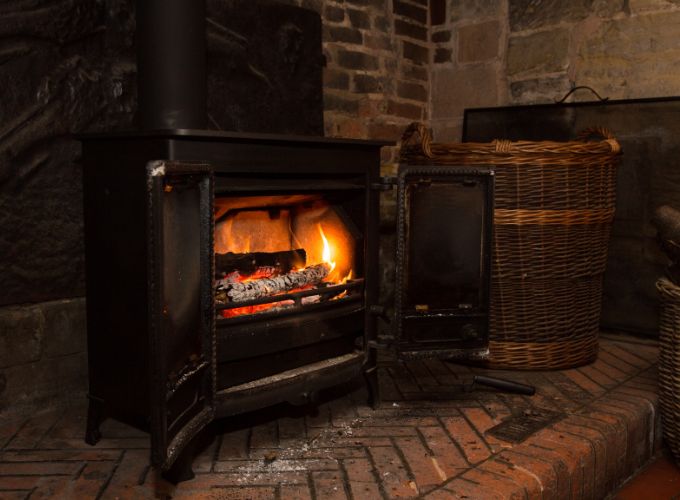During the Renaissance, a period marked by significant advancements in various spheres, the culinary world also experienced a revolution.
The introduction of stoves transformed cooking from an arduous task to a refined art form. In this article, we will delve into the fascinating development of stoves at Renaissance and their impact on culinary practices.

Image Source: Google
1. An Innovative Breakthrough:
The Renaissance period witnessed a surge of creativity and innovation across Europe. One such groundbreaking development was the introduction of stoves.
Unlike open hearths, these new contraptions controlled heat more effectively, enhancing cooking precision and fuel efficiency. Stoves took the culinary world by storm, allowing chefs to explore new cooking techniques and elevate their creations.
2. Renaissance Stove Design:
Initially, stoves at Renaissance were composed of brickwork or stone, designed with multiple compartments to house the fire. The fire, fueled by wood or coal, was located separately from the cooking area.
This design prevented direct contact between flame and food, ensuring a safer and more controlled cooking environment. The stoves also featured chimneys, an essential feature for efficient smoke ventilation.
3. Improved Cooking Techniques:
The introduction of stoves revolutionized the way food was cooked. Chefs could now precisely control the heat, resulting in better cooking outcomes. The consistent heat provided by stoves allowed for even cooking, reducing the risk of burning or undercooking dishes.
With the newfound control, chefs discovered innovative techniques such as simmering, slow cooking, and baking, elevating the culinary arts to new heights.